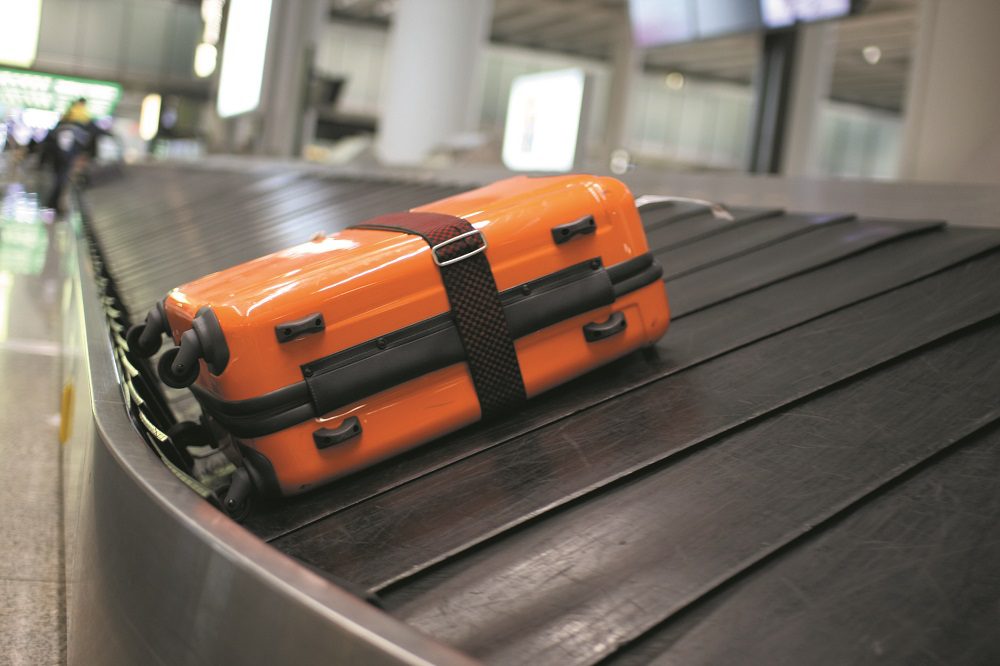Fact: Some US air-lines lose nearly one of every 100 bags, and the odds can be even worse when you travel abroad. Here’s how you can track your own bags, along with other precautions to take…
Pack “tracking tags” in your luggage. You might be familiar with this tech—some people attach these small, Bluetooth-enabled devices to their keyrings, so they can use a smartphone app to locate missing keys. Pack one of these tags in each piece of luggage, so you can provide an airline employee with evidence of a bag’s location. Options…
Apple AirTags (Apple.com, $29 or $99 for four, iOS only), typically the best choice for Apple phone users.
Tile (Tile.com, starting at $19.99, iOS or Android), often best for Android phone users.
Pebblebee Found LTE, a good option if you’re willing to pay for tags that use GPS to point you toward the tag if it isn’t in range of a phone that has the same tracking app. (Pebblebee.com, $99.99 plus a subscription that costs $4 to $6 per month, iOS or Android.)
Track carry-on bags, purses, backpacks, laptop bags—any bag, device or item that you may want to keep an eye on and track in case it is lost or stolen.
Be sure you know how to use the tracking app. Try it out before a trip.
Seal the tag inside an envelope, then slip that envelope into the lining of the bag or one of its interior pockets. Alternative: If using an Apple phone and you are in the market for new luggage, Samsara Luggage sells bags that have Apple AirTags built in (SamsaraLuggage.com).
Use the airline’s app to confirm your checked bags boarded your flight. Many airlines let passengers track the status of their checked bags through the airline’s app or website. Do this shortly before your flight takes off and/or as it taxies to the terminal at your destination. If the app says your bag didn’t board, you can head directly to the airline’s baggage office rather than waiting at the baggage carousel for a missing bag. Keep in mind: These airline apps aren’t 100% accurate and are dependent on the airline scanning bags at every airport your trip may take you. And if your bags are transferred to a different airline as part of your trip, the transferred airline may not be able to update the baggage tracking app.
Include your contact info inside your luggage as well as on an external luggage tag. Include your e-mail address and cell-phone number. Don’t use your home or office number since no one may be available to answer the call. You want the airline to be able to reach you right away when traveling, especially if you are traveling internationally.
Obtain luggage insurance. Airlines are required to provide compensation when they lose checked bags, and some travel-focused credit cards provide lost-luggage protection. Also consider signing up for the new service Blue Ribbon Bags (BlueRibbonBags.com)—for $5 per bag, it provides $1,000 in coverage, payable if lost luggage doesn’t reach a traveler within 96 hours. Read product details for exact coverage.


